Graduation
May 3, 2023 2023-05-05 14:08Formation en graduation
Access to the undergraduate program at the École Polytechnique d'Architecture et d'Urbanisme (EPAU) is regulated by the national guidance system, in accordance with the circular on pre-registration and orientation for baccalaureate holders for each academic year. Those who are eligible to access to EPAU must be baccalaureate holders with the highest marks according to the number of vacancies and the minimum required general mark set each year.
Admission information
Access to the undergraduate program at the École Polytechnique d'Architecture et d'Urbanisme (EPAU) is regulated by the national guidance system, in accordance with the circular on pre-registration and orientation for baccalaureate holders for each academic year. Those who are eligible to access to EPAU must be baccalaureate holders with the highest marks according to the number of vacancies and the minimum required general mark set each year.
Access to the advanced training programme at the École polytechnique d'architecture et d'urbanisme (EPAU) is conditional on success in the national competitive entrance examination for higher education establishments.
Students' administrative and pedagogical enrolments and re-registrations are carried out at the beginning of each academic year, in accordance with the deadlines set by the school management. Students can only study at the school if they are properly enrolled.


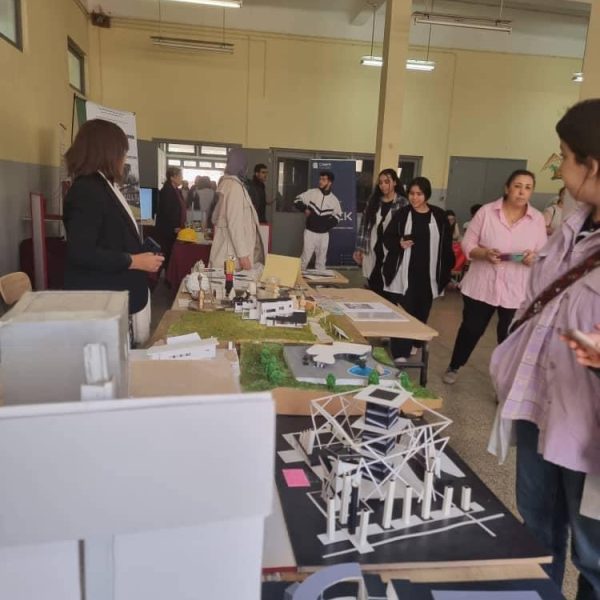

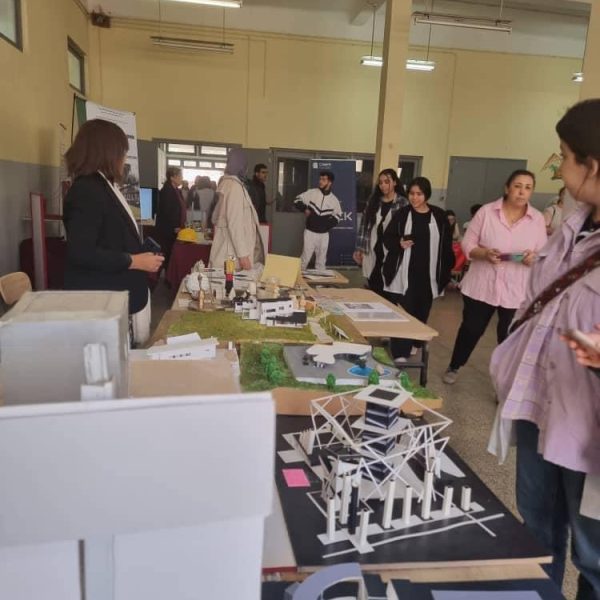






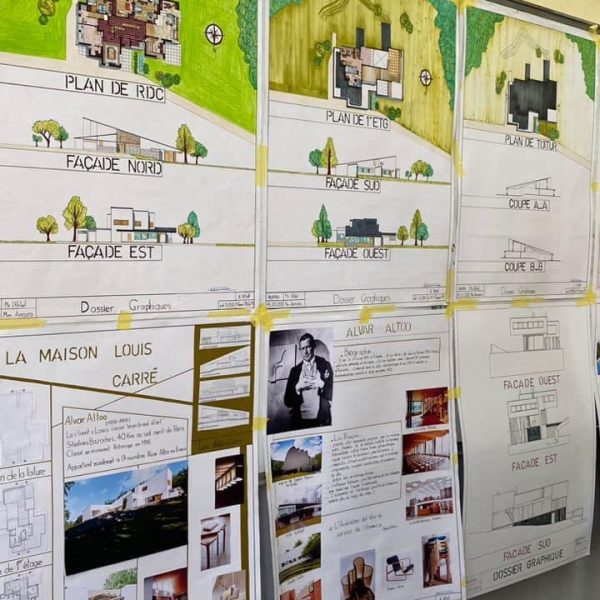


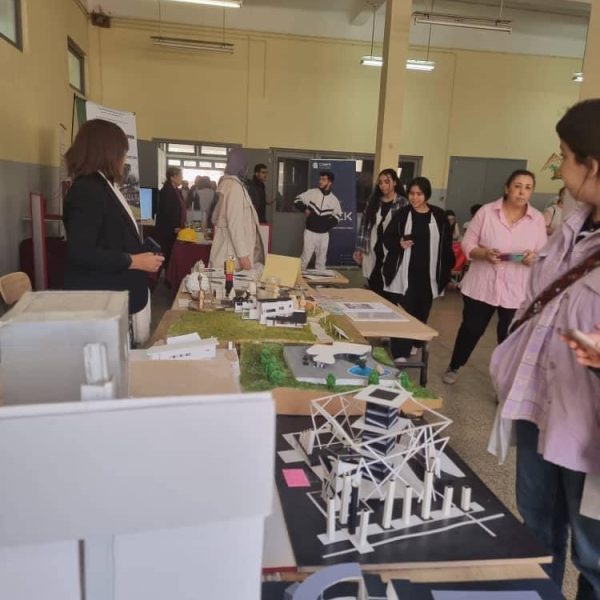






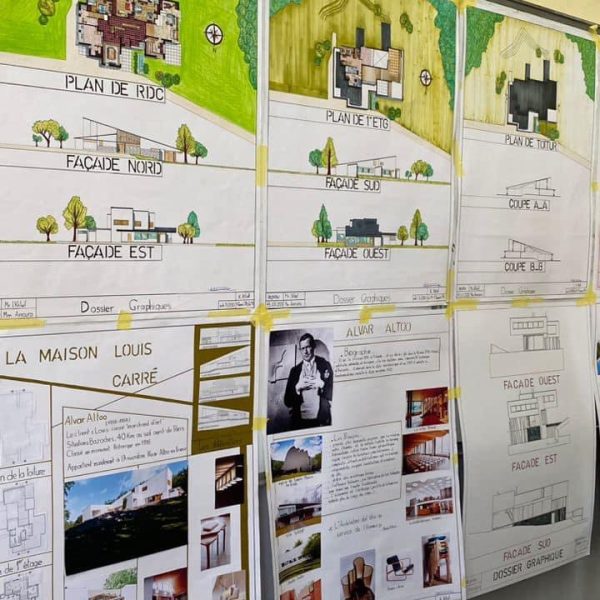

Organisation of training
L’enseignement en graduation est articulé comme suit :
- Two years of basic training.
- Three years of in-depth training.
Les cinq années concourent à l’obtention du diplôme d’architecte.
The courses are organised into fundamental, methodological, cross-disciplinary and discovery teaching units.
Le parcours de formation est un ensemble cohérent d’unités d’enseignement. L’unité d’enseignement est constituée d’une ou plusieurs « matières » dispensées sous toutes formes d’enseignement (cours, travaux dirigés, travaux pratiques, conférences, séminaires, stages, ateliers…).
L’unité d’enseignement et les matières qui la composent sont mesurées en crédits. La valeur en crédits qui leur est affectée est déterminée par référence au volume horaire semestriel nécessaire à l’acquisition des connaissances et aptitudes par les formes d’enseignements présentiels ainsi qu’au volume des activités que l’étudiant doit effectuer au titre du semestre considéré (travail personnel, rapport, mémoire, stage…).
Un crédit est estimé à un volume horaire d’environ 25 heures de travail en présentiel et en travail personnel. La valeur totale des crédits affectés aux unités d’enseignement composant un semestre est égale à trente (30).

